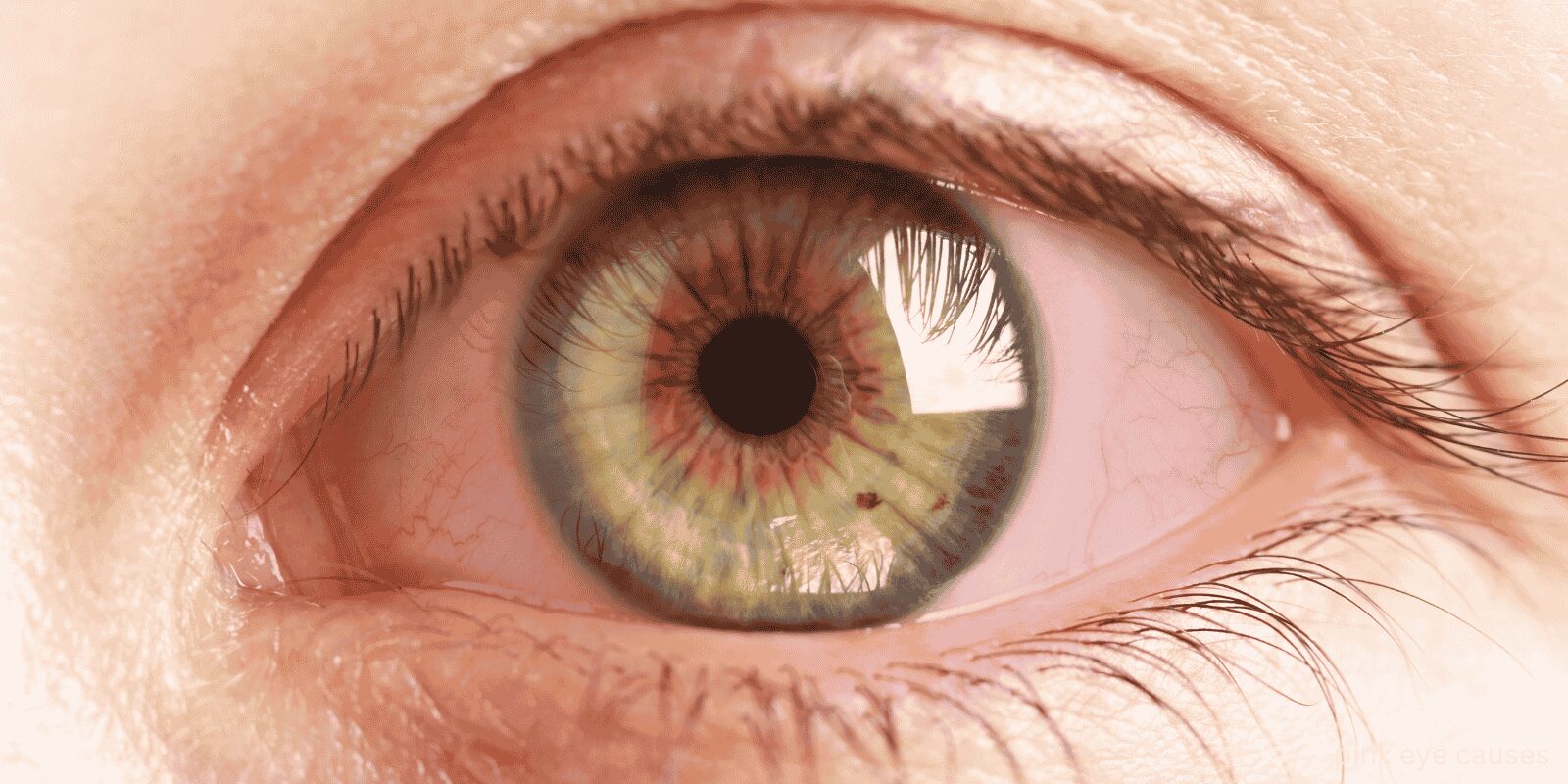Pink eye (conjunctivitis) has several different causes that require different treatments. Understanding what’s triggering your eye irritation is important for appropriate care.
Viral conjunctivitis causes: Adenoviruses are the most common viral cause, often accompanying upper respiratory infections like colds or flu.
Herpes simplex virus can cause severe conjunctivitis, particularly concerning when it affects the cornea.
Other respiratory viruses, including those causing COVID-19, can occasionally trigger viral pink eye.
Viral pink eye typically starts in one eye and spreads to the other, producing watery discharge and redness.
Bacterial conjunctivitis causes: Staphylococcus aureus commonly causes bacterial pink eye in adults, producing thick, purulent discharge.
Streptococcus pneumoniae and Haemophilus influenzae are frequent bacterial causes, especially in children.
Neisseria gonorrhoeae causes severe bacterial conjunctivitis in newborns and sexually active adults.
Bacterial pink eye produces thick, colored discharge (yellow, green, or white) that may cause eyelids to stick together.
Allergic conjunctivitis triggers: Seasonal allergens, including tree, grass, and weed pollens, cause predictable annual patterns of eye irritation.
Perennial allergens like dust mites, pet dander, and mold create year-round allergic conjunctivitis.
Contact allergens such as makeup, contact lens solutions, or eye drops can trigger localized allergic reactions.
Allergic pink eye characteristically causes intense itching, affects both eyes simultaneously, and produces clear, watery discharge.
Irritant causes: Chemical exposure from chlorine in swimming pools, smoke, or industrial chemicals can inflame conjunctiva.
Foreign objects like dust, sand, or eyelashes can cause mechanical irritation leading to pink eye symptoms.
Contact lens problems including overwear, poor hygiene, or ill-fitting lenses frequently cause conjunctival irritation.
Dry eyes from insufficient tear production can lead to secondary conjunctival inflammation.
How transmission occurs: Viral and bacterial pink eye spread through direct contact with infected eye secretions, contaminated hands, or shared items like towels and makeup.
Highly contagious forms can spread rapidly in schools, daycares, and households through close contact.
Allergic and irritant conjunctivitis aren’t contagious since they result from individual reactions rather than infectious agents.
Age-related patterns: Children more commonly develop bacterial conjunctivitis, often associated with ear infections or respiratory illness.
Adults frequently experience viral conjunctivitis accompanying cold symptoms or allergic forms related to environmental exposures.
Seasonal timing clues: Spring and fall peaks often indicate allergic conjunctivitis related to pollen seasons.
Winter clustering suggests viral conjunctivitis spreading in schools and families during cold season.
Year-round symptoms may indicate perennial allergies, chronic irritant exposure, or underlying eye conditions.
When to seek medical care:
- Severe pain or vision changes
- Thick, persistent discharge
- Light sensitivity
- Symptoms in newborns
- No improvement after 2-3 days
If you’re experiencing pink eye symptoms and need help determining the cause, ChatRx can evaluate your specific symptoms and recommend appropriate treatment based on the likely underlying cause.













